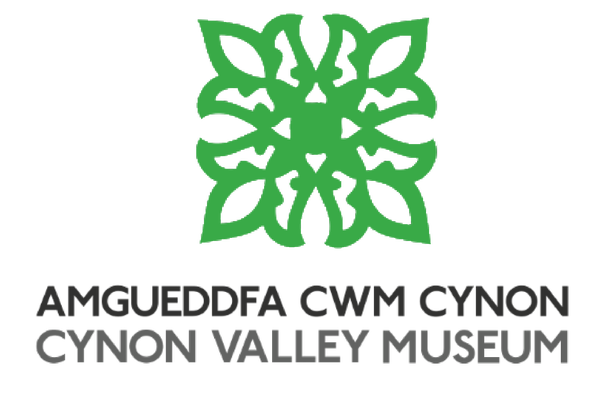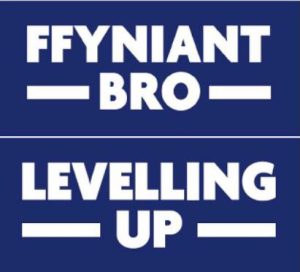
Cynon Valley and the Community in 2020
This photography exhibition has been produced by volunteers from Cynon Valley Museum, Wendy Donovan and Geraint Lewis.
They reflect on the year 2020 in the Cynon Valley, how our lifestyles changed and how in the face of adversity the community came together.
The evening of the 31st December 2019. The last night of the decade, which turned out for most people in the Cynon Valley to be their last experience of collective unhindered celebration they would see for some time. 2020 started like any other year with the usual walk around the park to get some air.
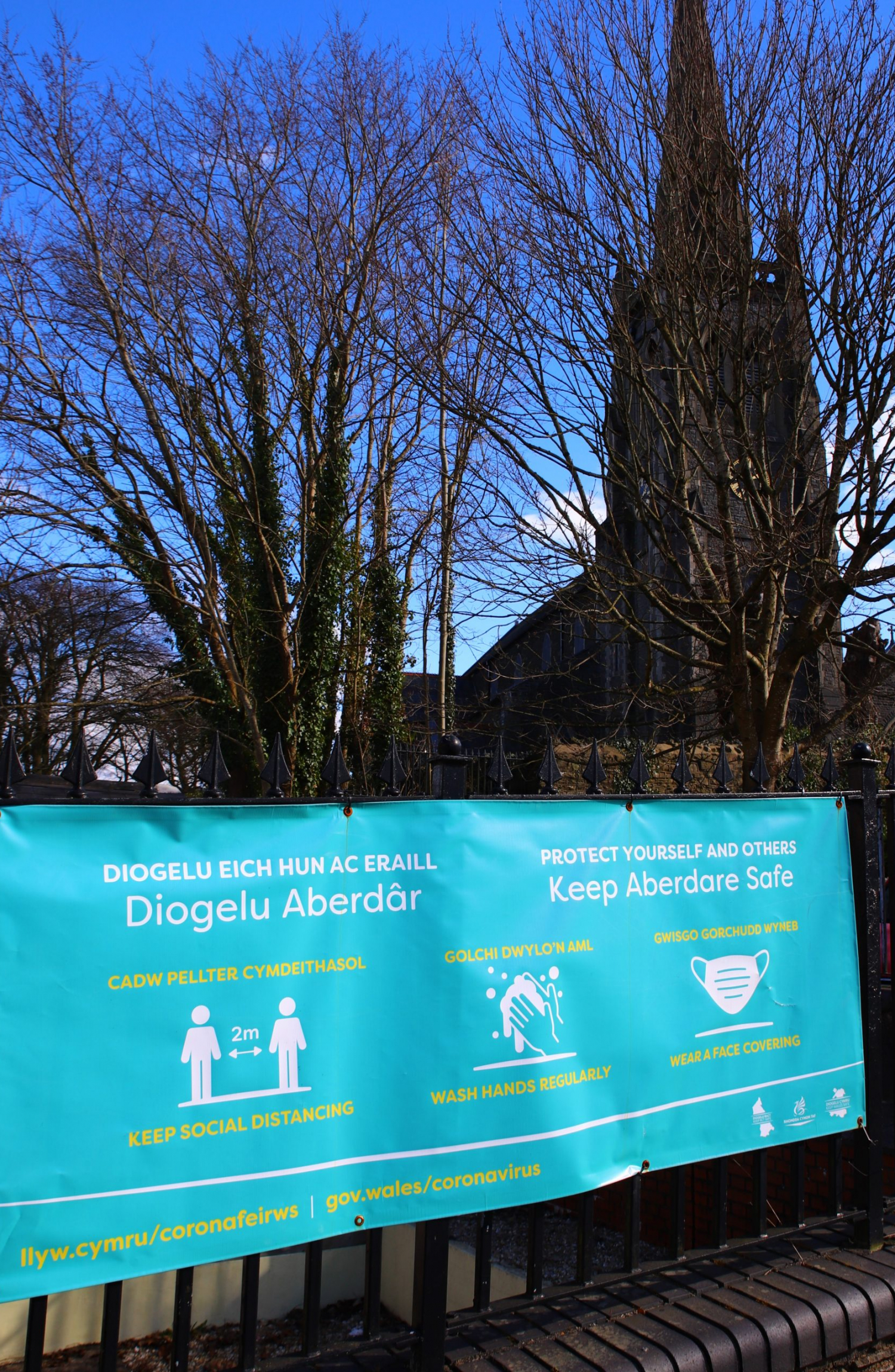
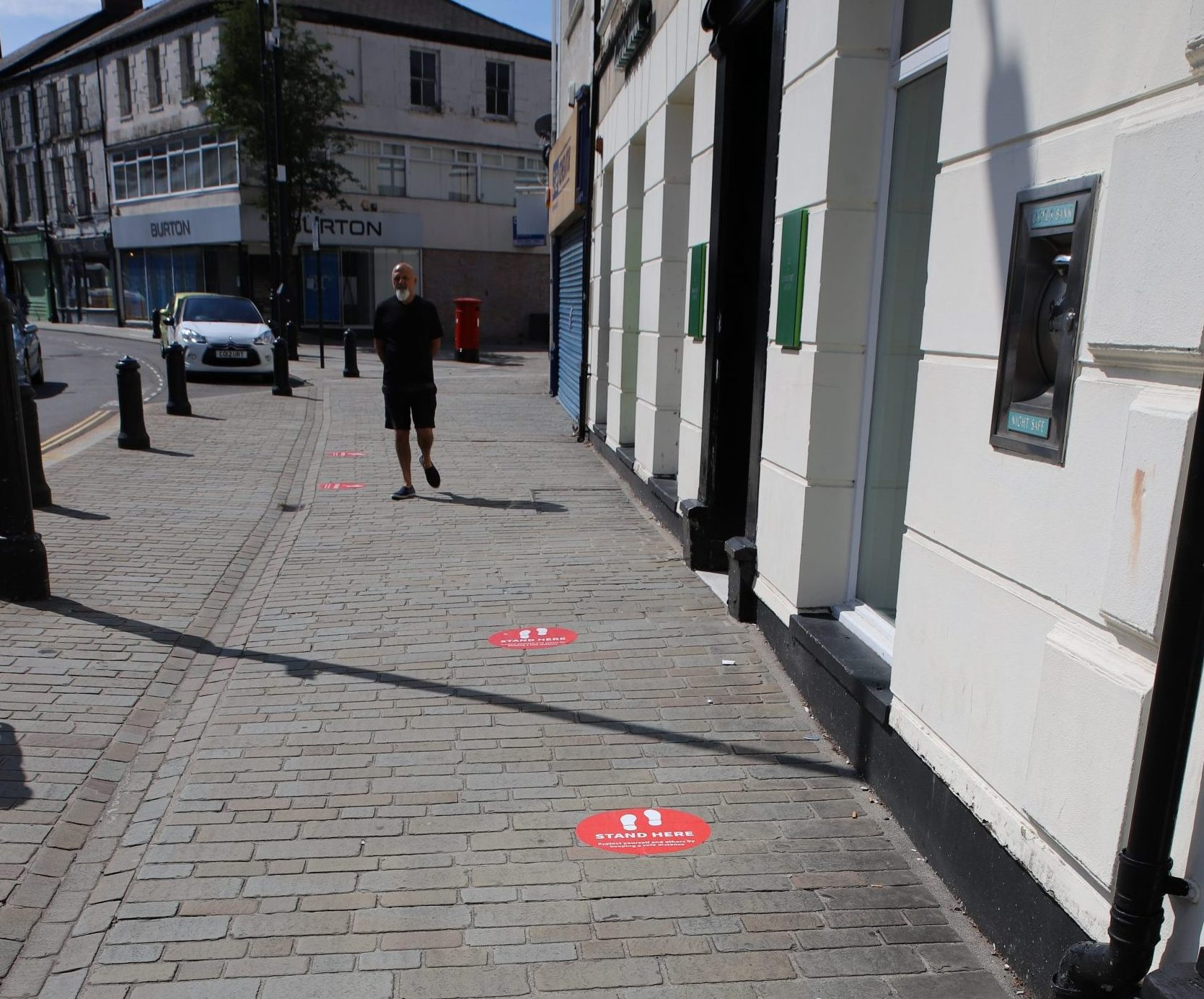
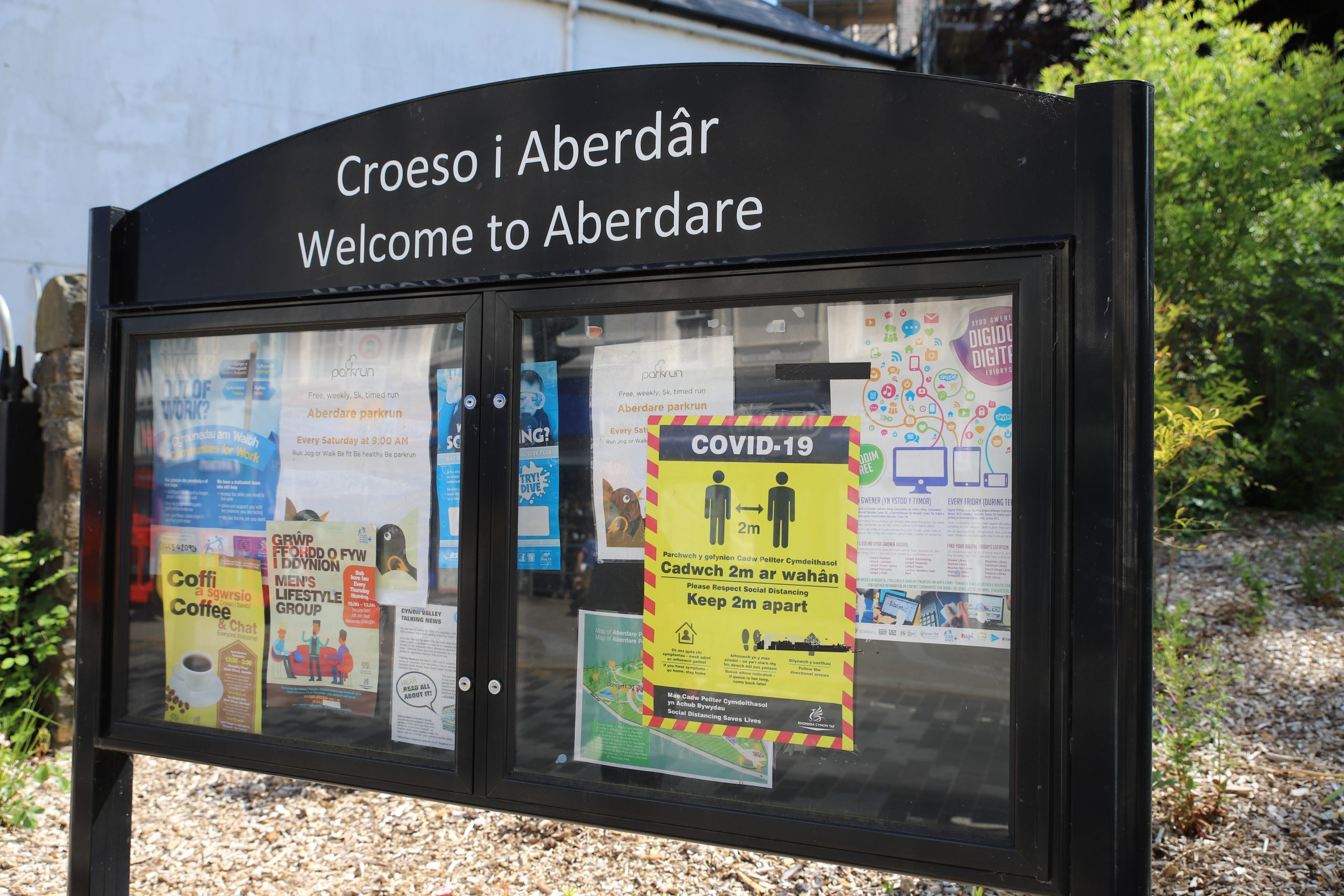

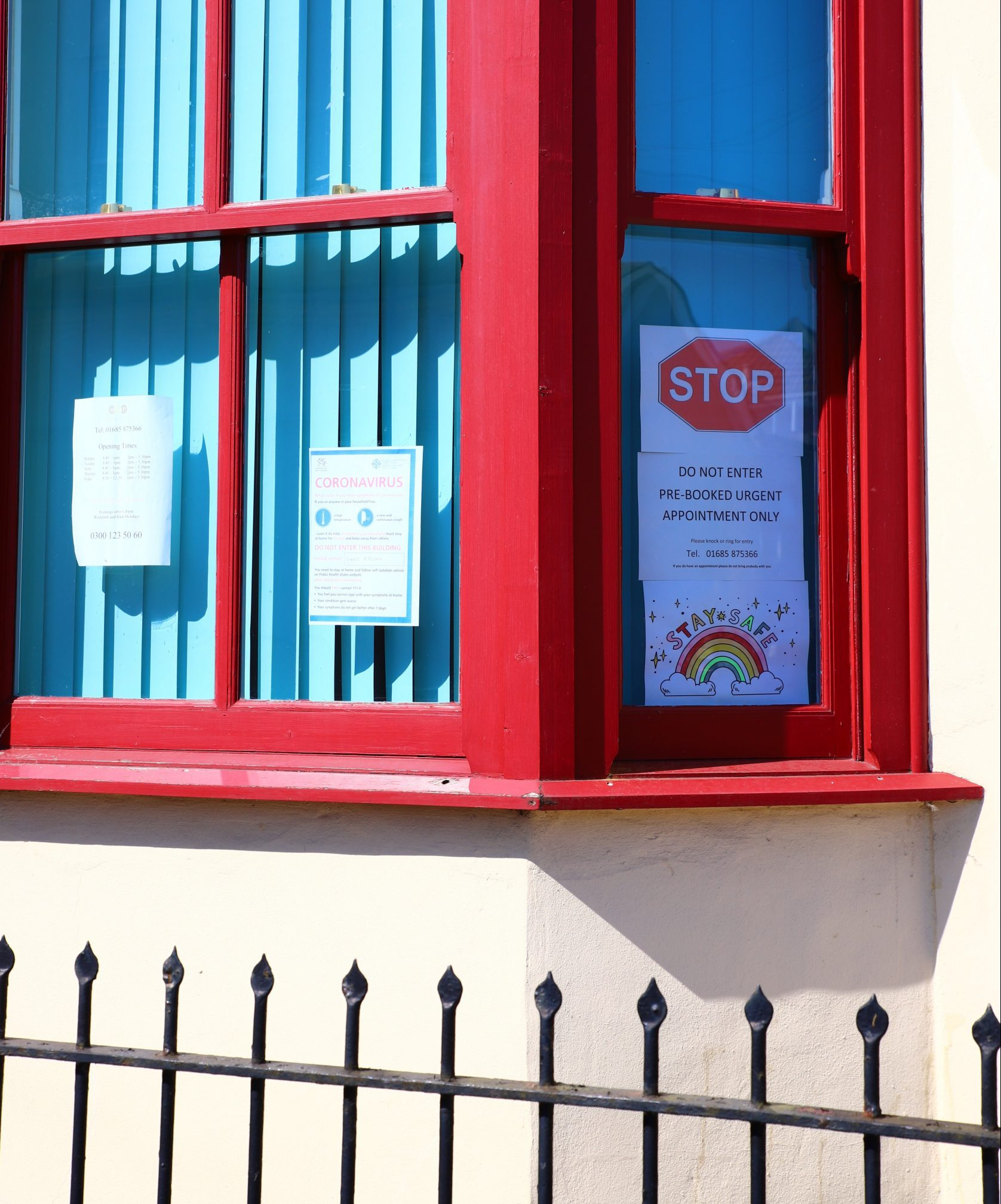
Throughout history, the world has had disease, pandemic and epidemic. From the first recorded prehistoric epidemic c.3000 b.c., to the Zika Virus of 2015 and on to the present day, these are the ever present afflictions of humankind.
On the 15 February, Health Minister Matt Hancock announced that the UK had seen nine cases of COVID-19 and six of these had been treated successfully and released from hospital.
Our everyday lifestyles changed. We soon witnessed signs about social distancing and would see shops closed for lockdown. In the Cynon valley, as elsewhere, we could not sit next to our friends on a bench in Market Street or have a cup of milky coffee in the café of our choice. Bright yellow and red cardboard signs adorned windows or shops. We couldn’t go experience local activities of pleasure and leisure.
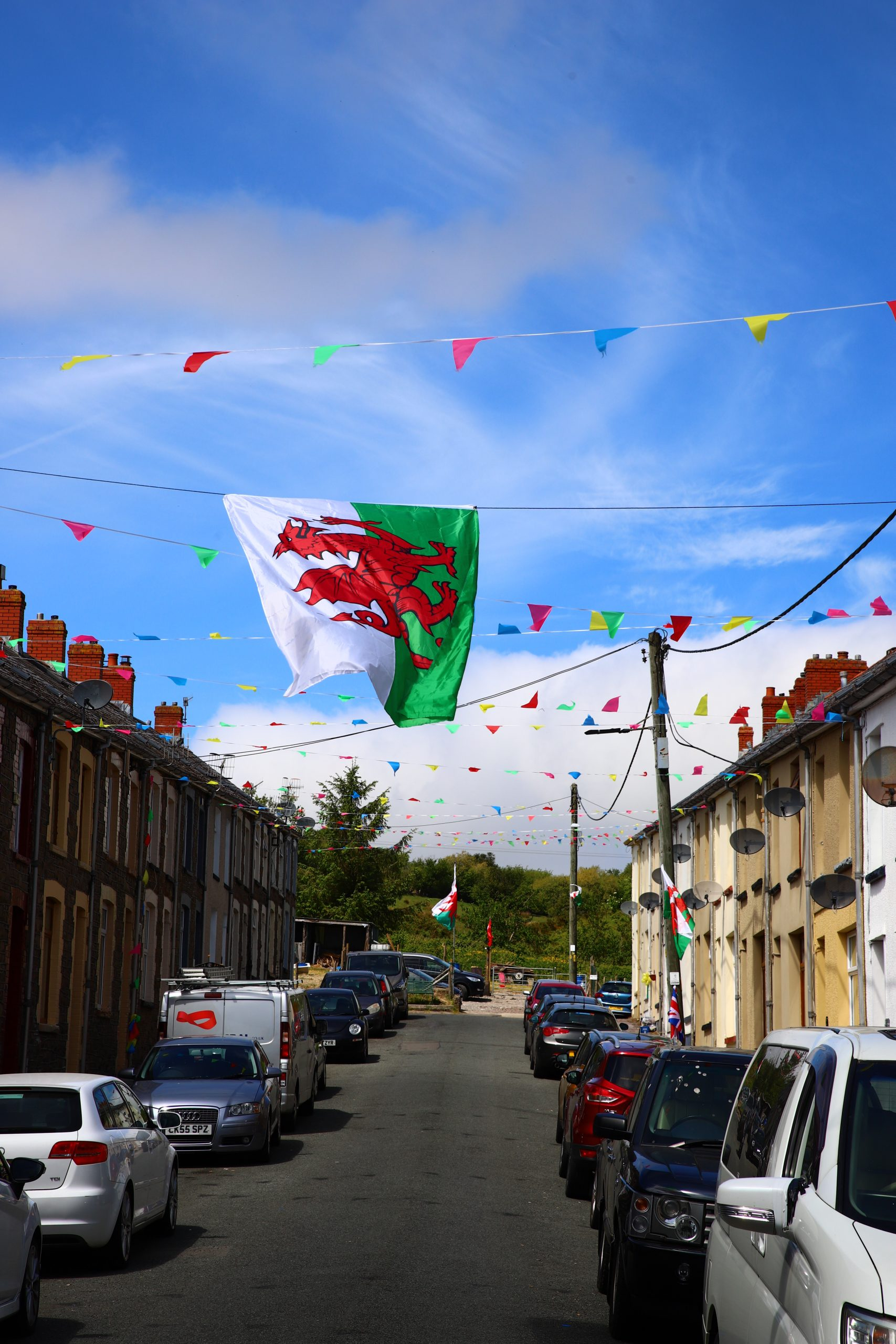
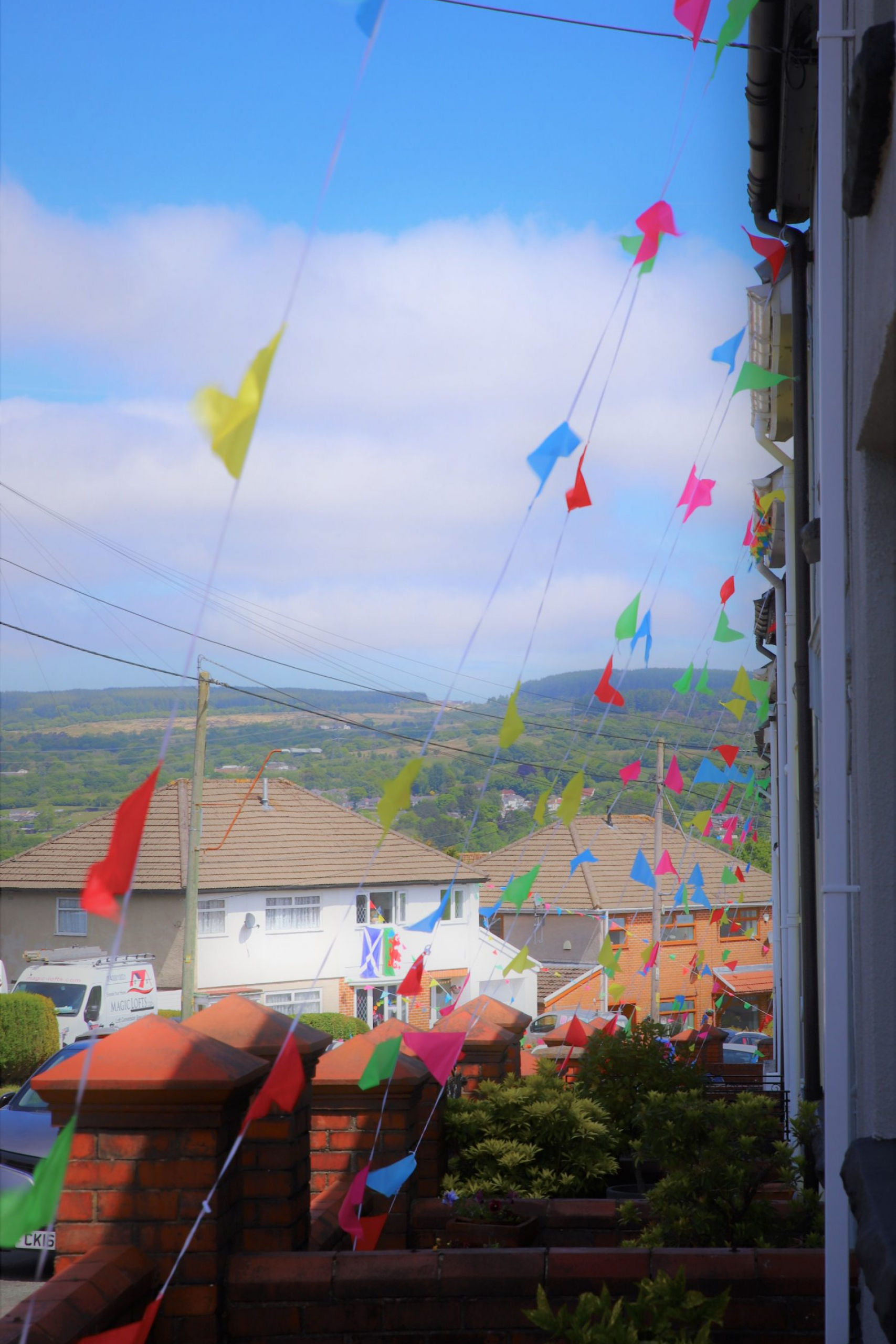
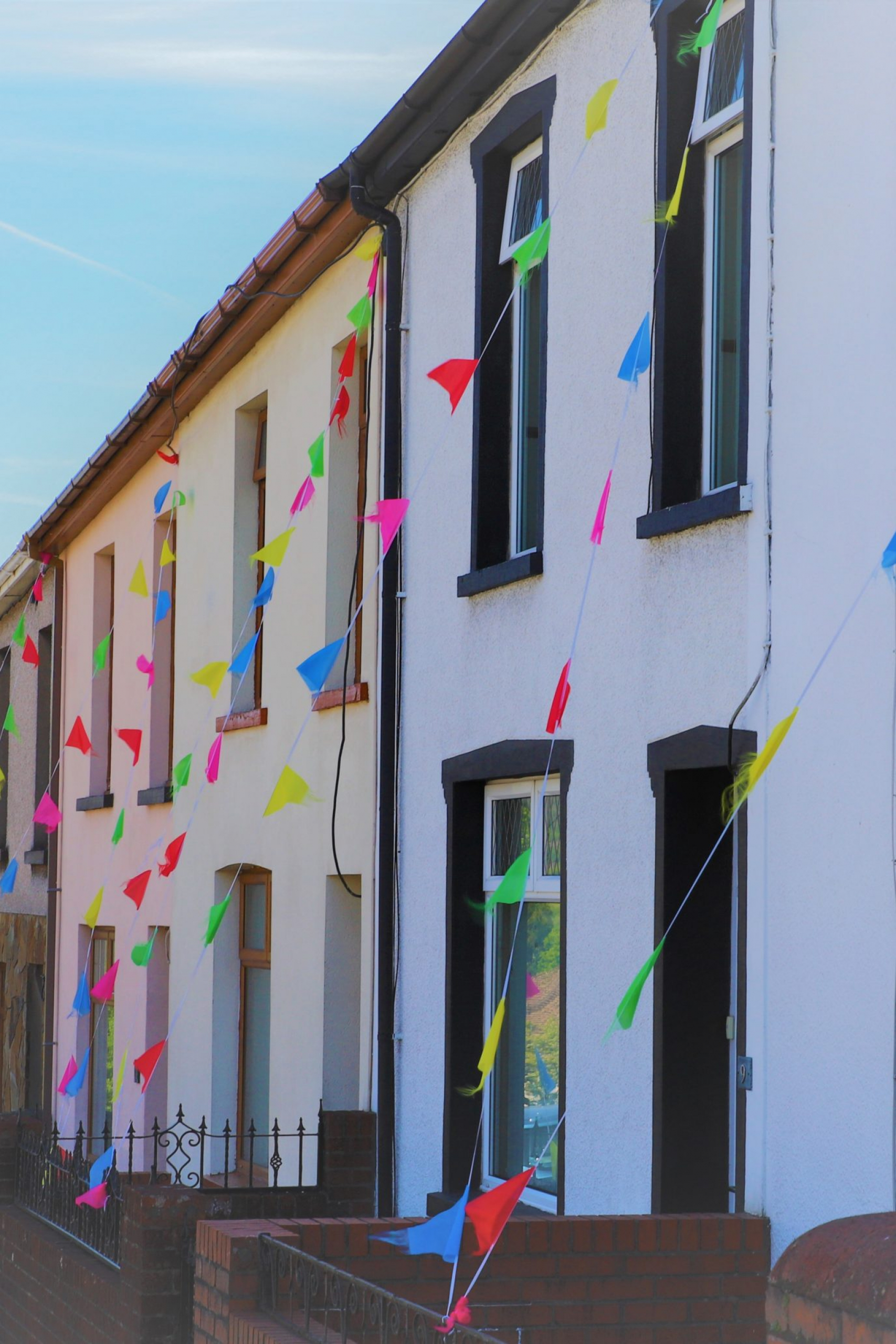

As Wales and the rest of Great Britain was ‘locked down’, so we saw again the spirit that runs deep in our valley communities. For many this evoked memories of the great fight for survival and the General Strike of 1926 which saw thousands of Cynon Valley workers support their mining peers in striking; for others it exemplified the ‘Blitz spirit’. Adversity enhancing and advancing the community ethos so valued by the people of the valley. Aberdare railwayman Trevor Vaughan recounted his experiences when he said.
“In the Aberdare Valley when a call came for strike to support the Miners – irrespective of party or religion – there was spontaneity in the response from the whole community. We were not only comrades in the Trade Union Movement but fellow members of the chapels and churches, clubs, sport, and Friendly Societies. Most of my school friends and boys I played with in our street went underground.”


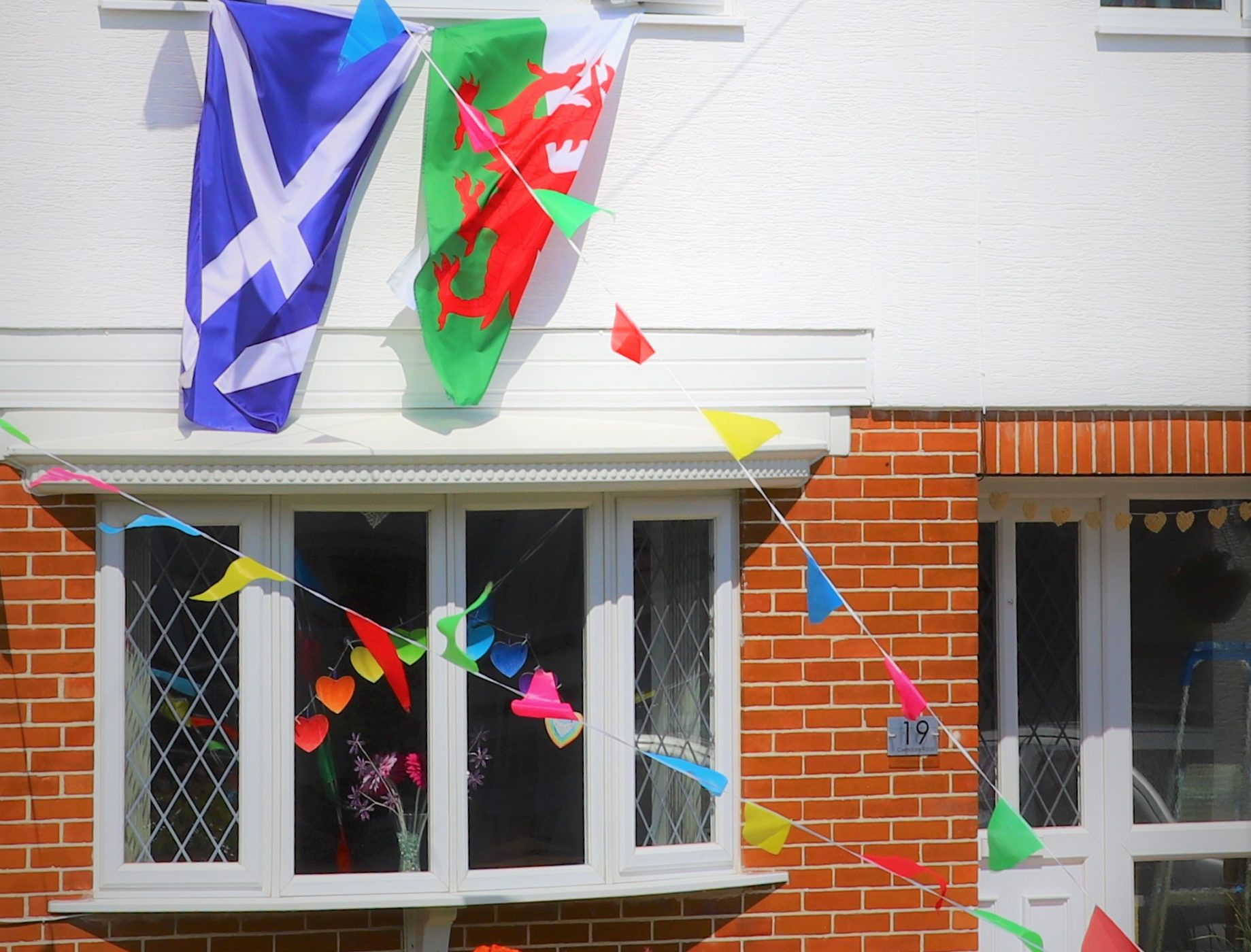
Throughout 2020 the doors in our towns and villages remained closed out of necessity, but the people inside them came out. The key workers went to work, NHS staff risked their lives in our hospitals. Thursday evenings became the night we, in a very small way, could show solidarity with these people. Whether you clapped or whacked a wooden spoon against a saucepan we took the time to think of these wonderful people.
Teachers in school or parents of children all helped them to understand the situation, the importance of supporting each other, celebrating the work of key workers and the NHS.
Rainbows appeared in windows, coloured by children or the elderly in nursing homes. Banners and flags adorned streets and local businesses, free food and drink for NHS staff were provided with love. RCT Council appealed for volunteers to help process and distribute food parcels or to deliver medication to the elderly. Within a matter of hours, the council had received thousands of offers from people from all over the County Borough including the Cynon valley.

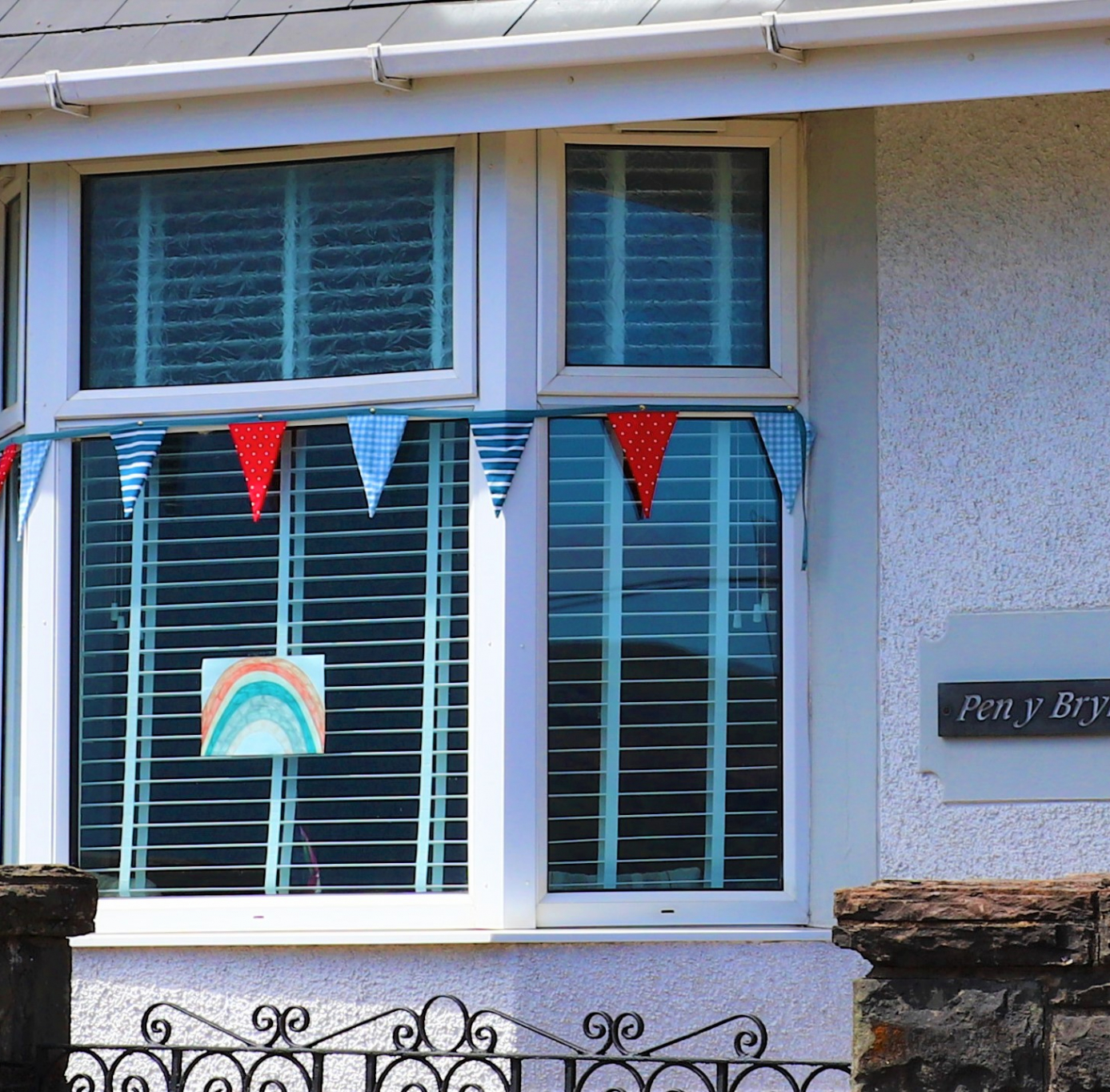
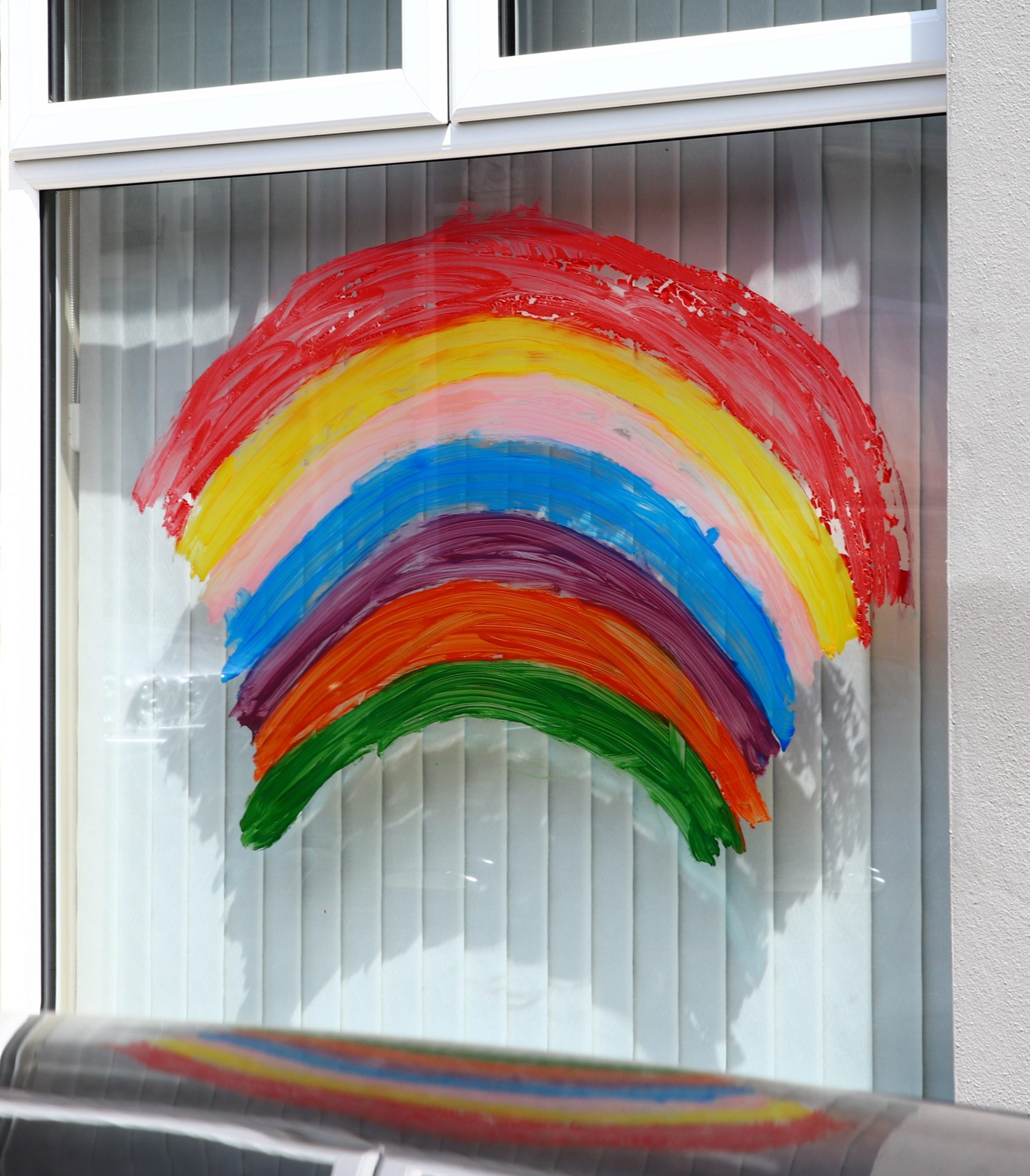
A common sight in 2020 was two or more heads peering over garden fences for a much-needed chat with their neighbours. Shielding residents searching for human contact, catching up with friends just as usual, but with a few lumps of wood in the way and of course the two metres distance! All they can do is wait for the vaccine before they could cross the fence again.
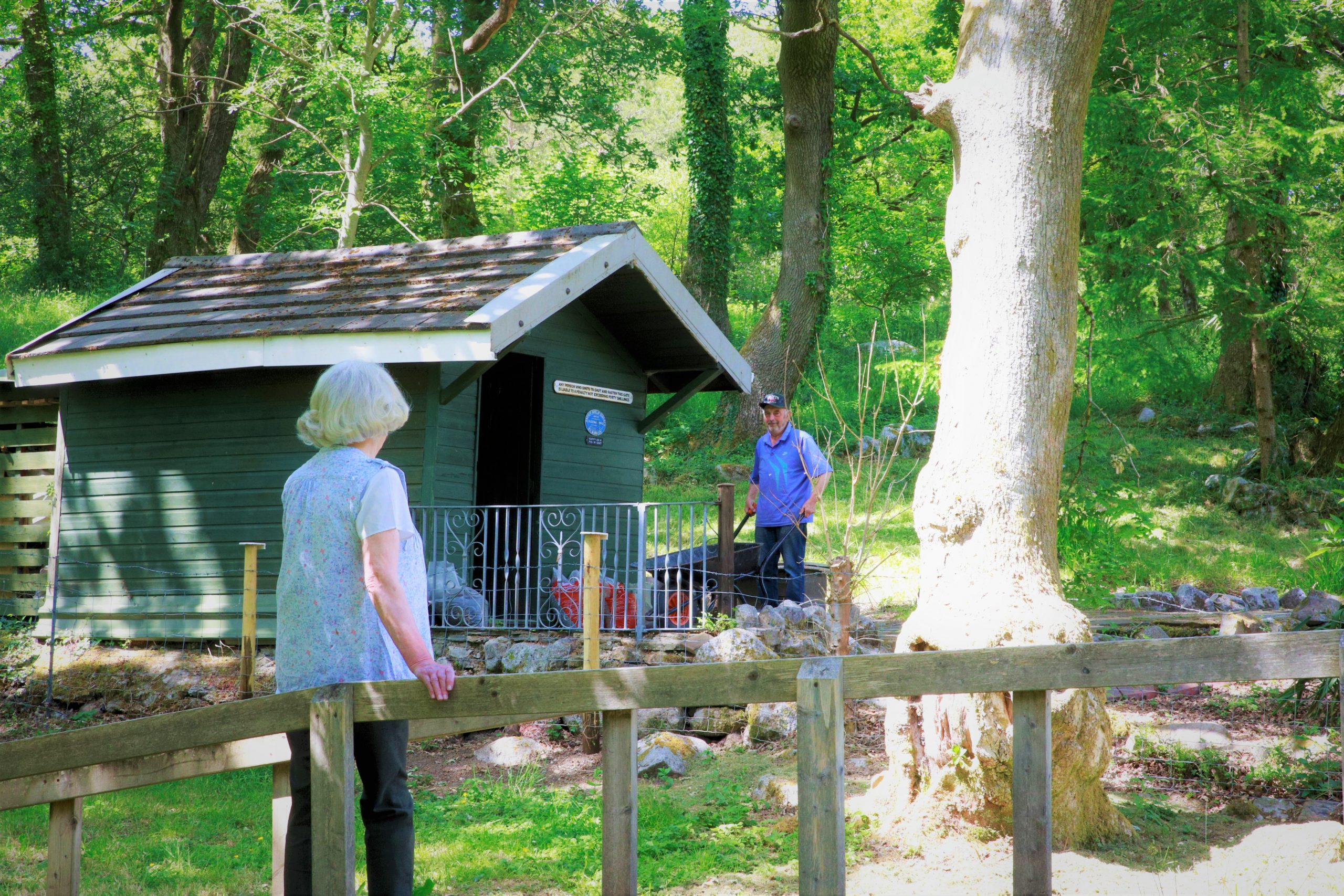
Like other councils in the country, RCT set up a volunteer service. Volunteers would help by taking the shelter’s dogs for a walk or have a telephone ‘befriender’ ring to have a chat. Also, volunteers would fetch pharmacy products or volunteers would staff the food banks. People who were on furlough or had jobs temporarily suspended, as well as university students did what they could to help in the community to keep services going.
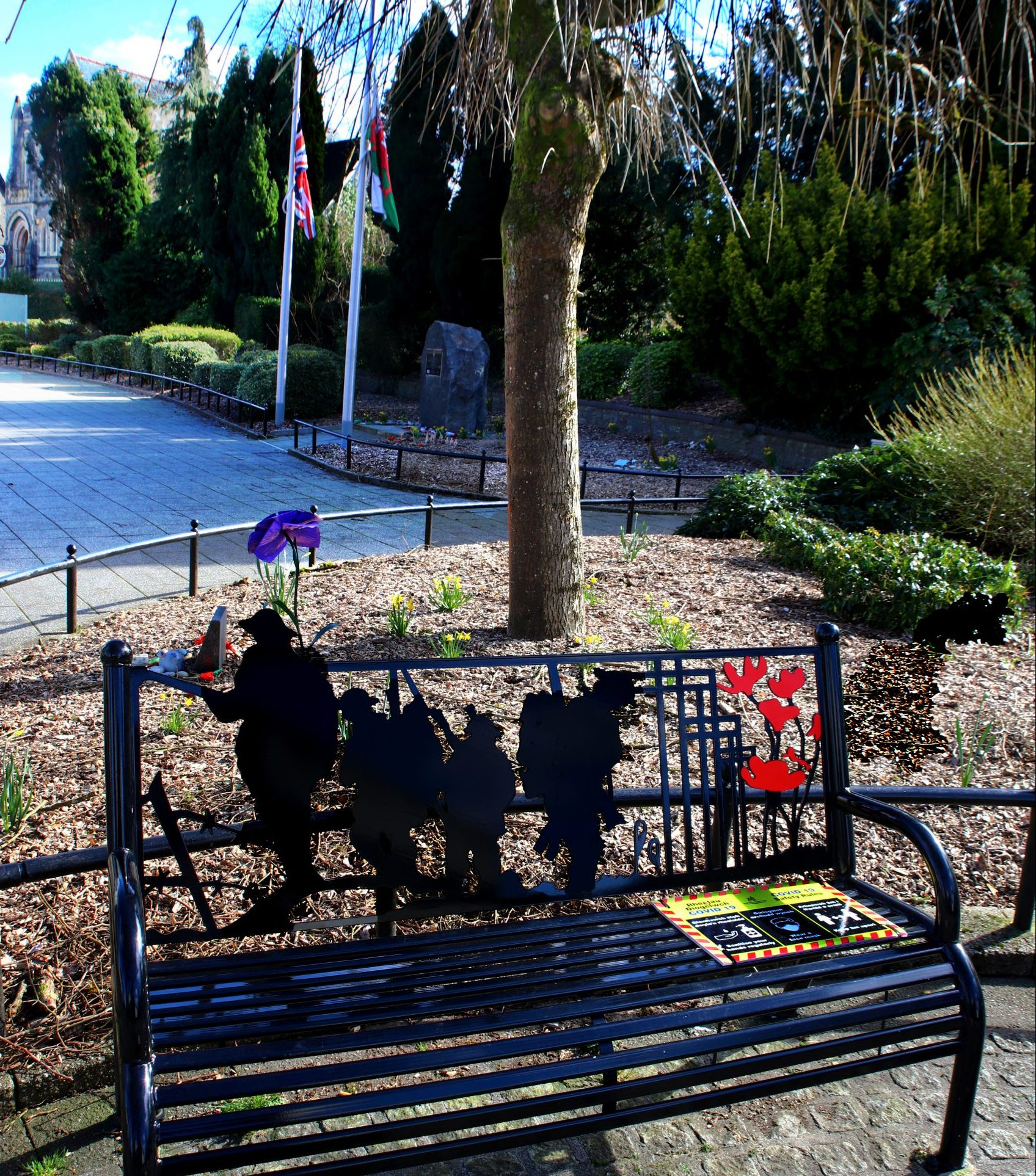
Two residents in Penywaun, handing over their beloved dog for a dog walking session for one of the RCT volunteers.
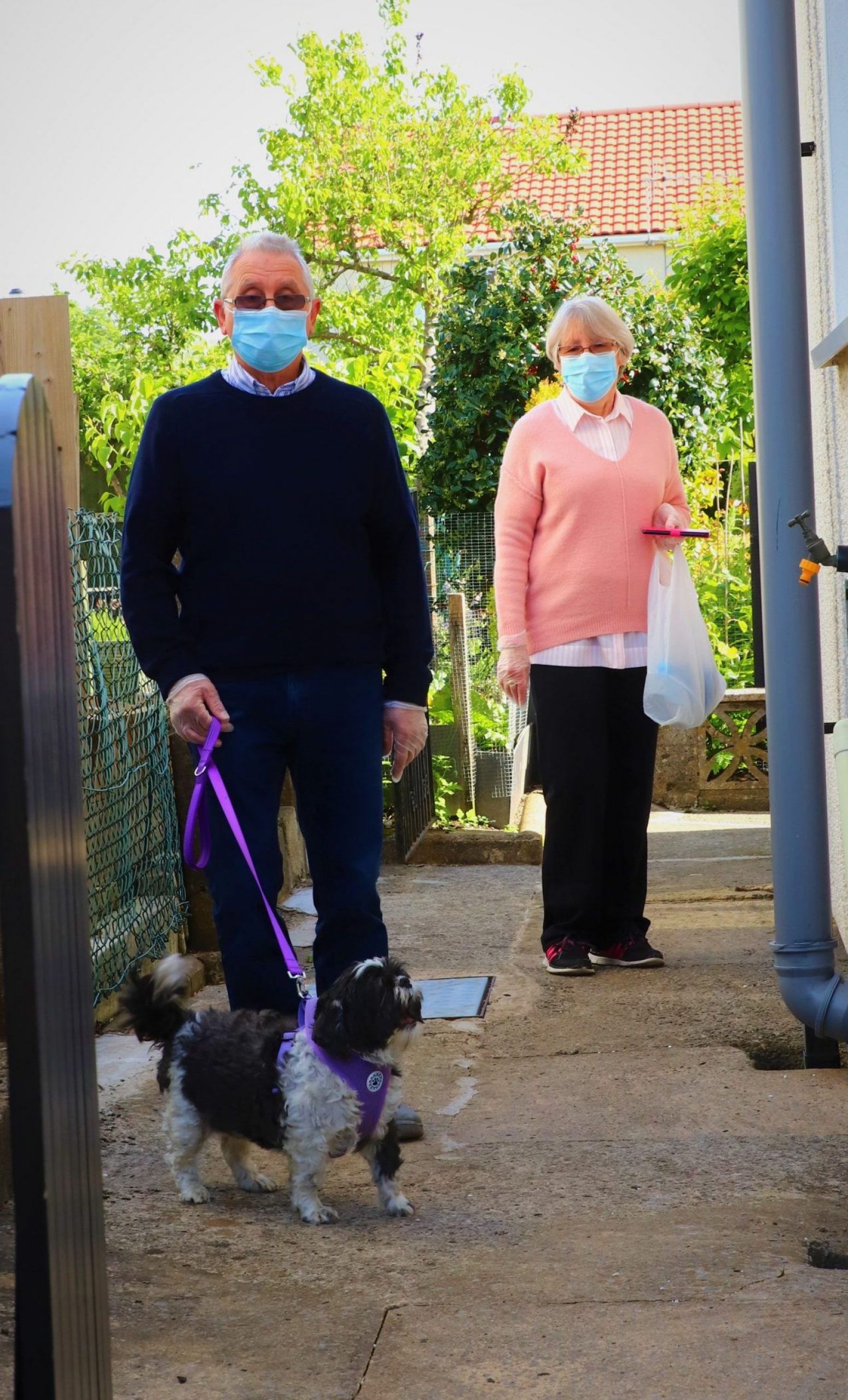
On May 8th 2020, the country commemorate the end of World War II in Europe by socially distanced commemoration, as wider celebrations had to be cancelled. Residents continued to support the NHS and to remember the armed services by making and displaying flags in the street.
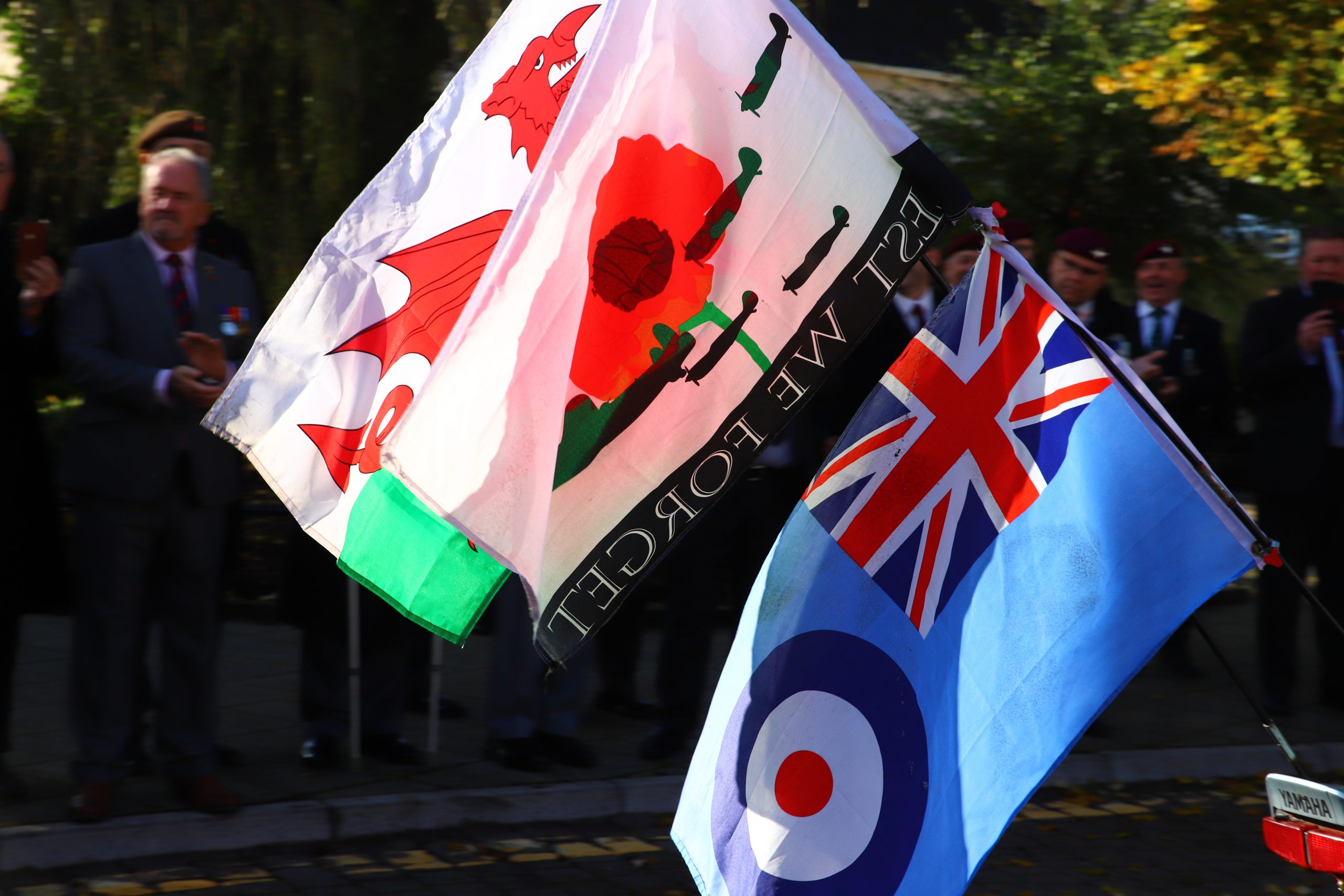
In 2020, as time went on, people found that they had time to explore nature, introduce their COVID-19 newborn babies to the beautiful countryside and enjoy gardening and DIY. The roads went quiet, the environment had time to heal from pollution. It was time to reflect, take a deep breath, and wait for the pandemic to subside.
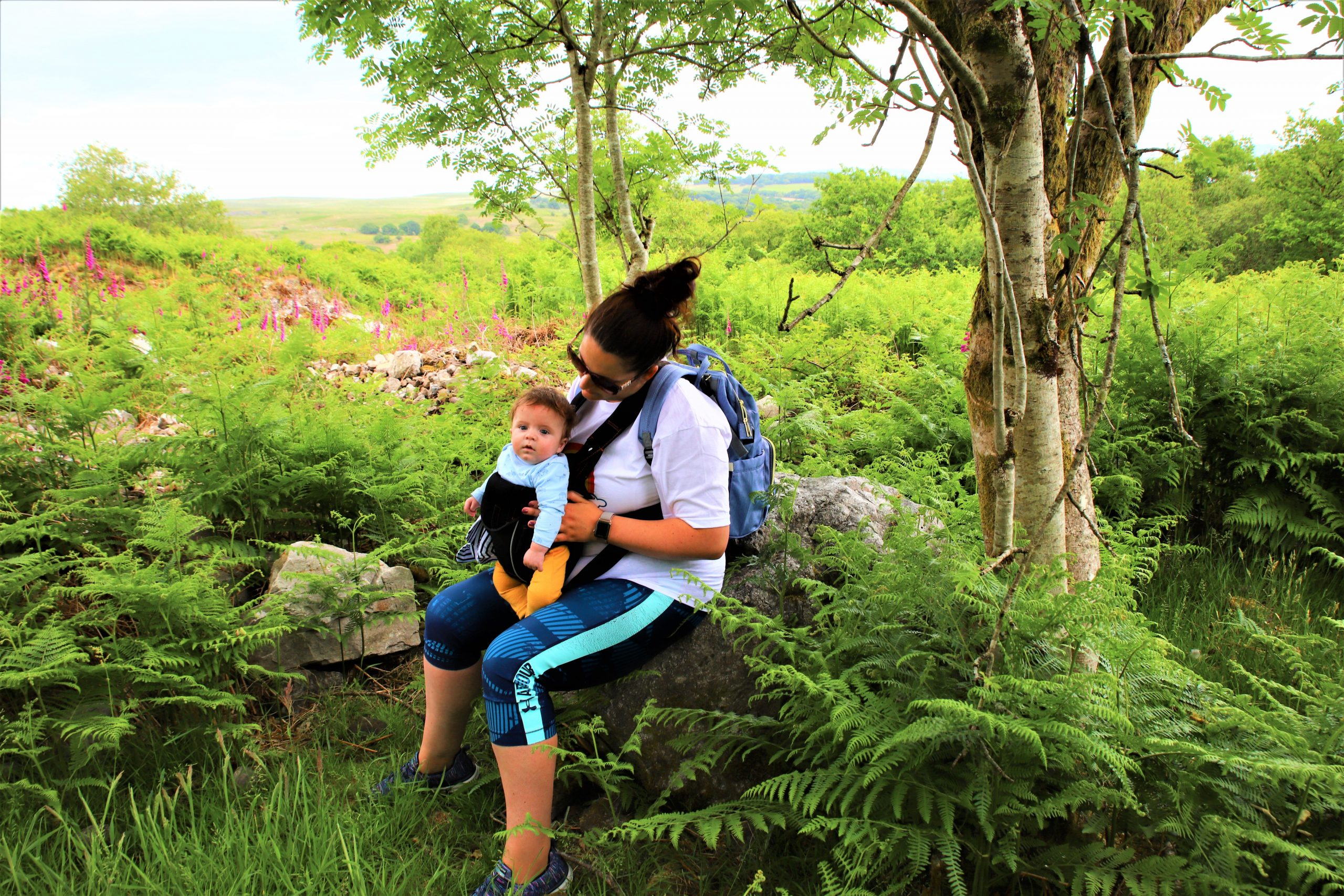
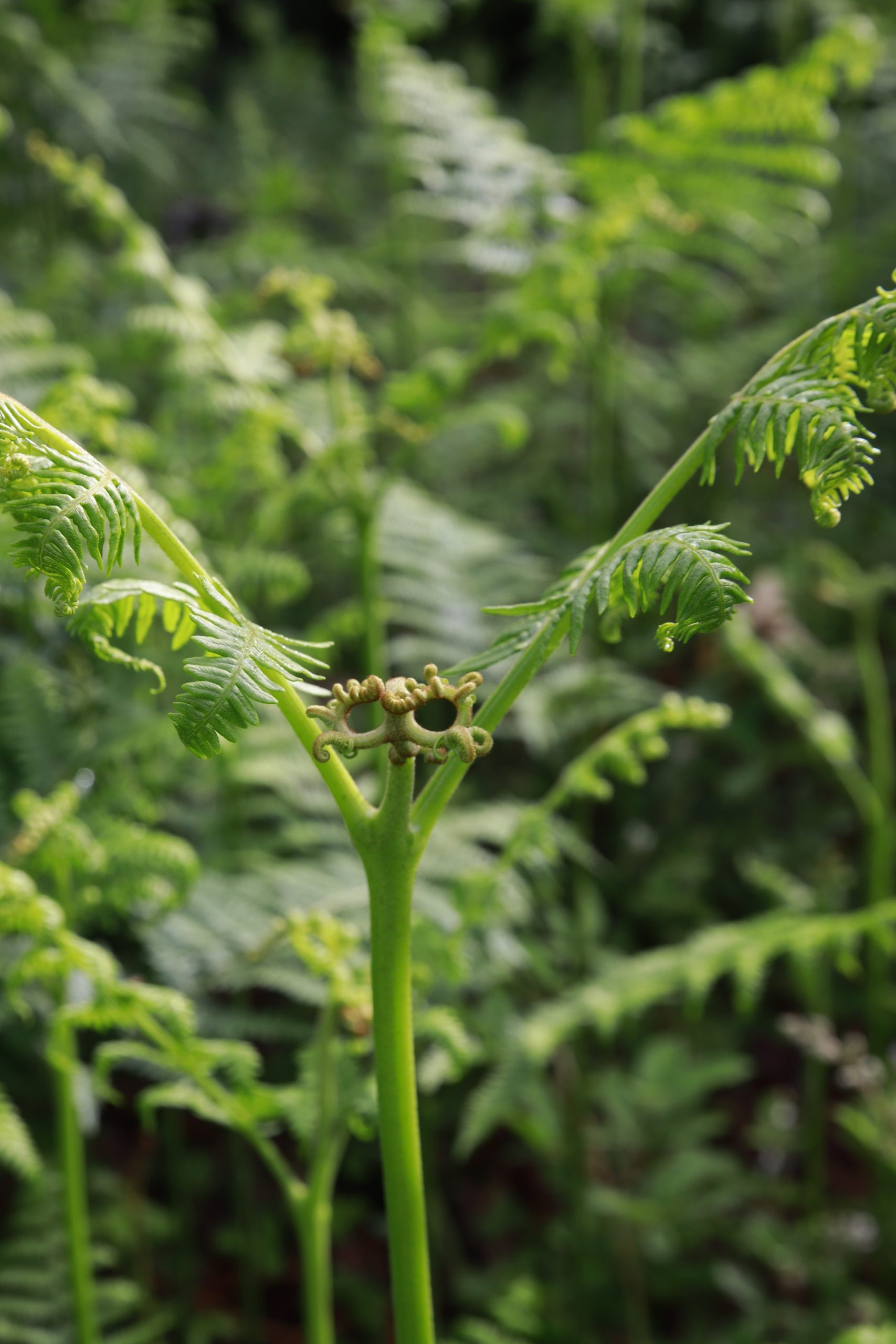
All photographs by Wendy Donavan. Text by Geraint Lewis.
Sources:
- Trevor Vaughan, The General Strike 1926: The Railwayman’s Story – Stand Firm, We Must Win, Glamorgan Archives. Accessible here- https://glamarchives.wordpress.com/2016/05/06/the-general-strike-1926-the-railwaymans-story-stand-firm-we-must-win/
- Michael Safi, The Guardian, 12 Months Coronavirus: From unknown virus to global crisis-timeline. Accessible here -https://www.theguardian.com/world/ng-interactive/2020/dec/14/coronavirus-2020-timeline-covid-19
- https://www.livescience.com/worst-epidemics-and-pandemics-in-history.html
- Google search- webpage ‘LIVEESCIENCE’, Article by Owen Jarus, All About History
